Dear Stephen,
I stumbled across this article:
cdc.gov/ncidod/eid/vol12no12/05-1552.htm and it got me wondering that if a cow with lyme disease was eaten medium-rare, perhaps it could infect the person eating it? This could explain people getting lyme in non-wooded areas (like Brooklyn, NY).
Stephen’s response:
As far as I know the only way one could get lyme from food is that if an encysted form of the spirochete was consumed and there are many unanswered questions about this. The spirochetes that live in one species cannot live in another without first changing their genome structure. So, researchers found that if they injected spirochetes from a deer into a mouse, the spirochetes died. The spirochetes, in their live form, are species specific. So those in meat could not infect someone eating that meat.
Encysted forms of the spirochetes do exist in the wild, expressed in urine onto the ground, the question no one has answered is what happens when they are ingested by an animal. Given their adaptability, it would seem that while in that encysted form they would be able to alter their genome structure to match the animal that ingested them and then infect it. But no research has been done on it that I am aware of.
As to Brooklyn, lyme spirochetes infect a large range of different animals, including birds and rats, both of which are ubiquitous in Brooklyn, and the spirochetes can be transmitted by a great many other things than deer ticks.
Stephen
-
Stephen Harrod Buhner was an Earth poet and an award-winning author of twenty-four books on nature, indigenous cultures, the environment, and herbal medicine including the acclaimed book Healing Lyme: Natural Healing & Prevention of Lyme Borreliosis & Its Co-infections.
Stephen came from a long line of healers including Leroy Burney, Surgeon General of the United States under Eisenhower and Kennedy, and Elizabeth Lusterheide, a midwife and herbalist who worked in rural Indiana in the early nineteenth century. The greatest influence on his work, however, was his great-grandfather C.G. Harrod who primarily used botanical medicines, also in rural Indiana, when he began his work as a physician in 1911.
Stephen’s work has appeared or been profiled in publications throughout North America and Europe including Common Boundary, Apotheosis, Shaman’s Drum, The New York Times, CNN, and Good Morning America. Stephen lectured yearly throughout the United States on herbal medicine, the sacredness of plants, the intelligence of Nature, and the states of mind necessary for successful habitation of Earth.
He was a tireless advocate for the reincorporation of the exploratory artist, independent scholar, amateur naturalist, and citizen scientist in American society – especially as a counterweight to the influence of corporate science and technology.
View all posts


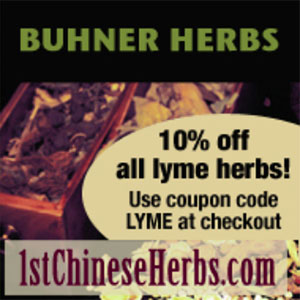


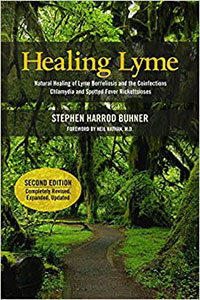
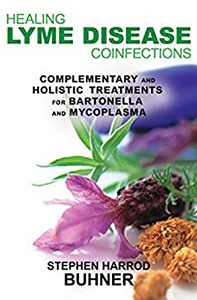
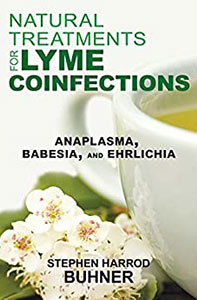
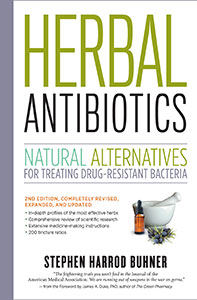
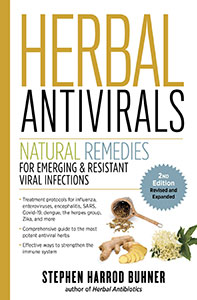



0 Comments